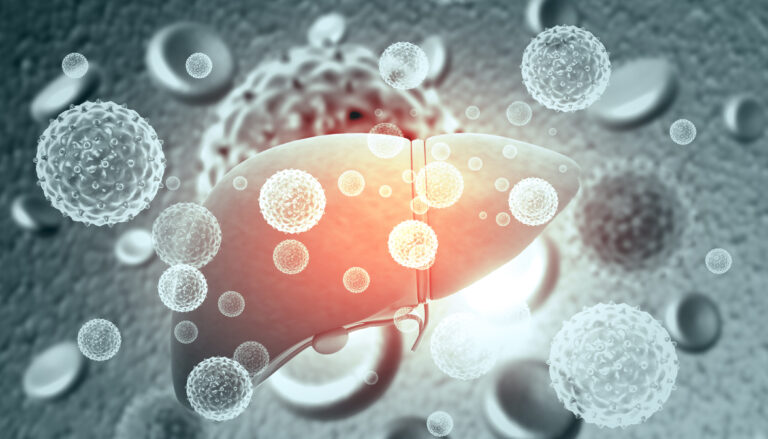Key Points
- In today’s Recommendations for Industry, we discuss the detection of Omicron in the U.S. and the White House announcement of new COVID protections. Read more below.
- The first case of the omicron variant has been identified in the U.S. in San Francisco, CA. CNBC also details a map of where the omicron variant has been detected. Another case has been identified in Minnesota after the person traveled back to MN from New York City. In the last 24 hours, omicron variant cases in South Africa have also doubled.
- A team of 50 scientists has created an “atomic simulation of the coronavirus nestled in a tiny airborne drop of water.” See more in New York Times (subscription required).
- Travelers into Canada from countries other than the US will be required “to isolate for as many as three days while they wait for their COVID-19 test results.” However, with this, Canadian authorities are warning that there may be possible ‘chaos’ due to these rules, especially as “all passengers are expected to get tested at airports.”
- World Health Organization member states have “agreed to set up an intergovernmental negotiating body that is to meet no later than March to begin negotiating an international agreement intended to ensure a more coherent and equitable response to future pandemics.”
- Despite lockdowns within China, the country’s COVID-19 outbreak continues to worsen.
- The U.S. will be tightening travel restrictions including changing “travel testing requirements” and also continuing mask requirements for domestic flights and public transportation through March 2022.
Recommendations for Industry
Omicron Detected; Biden to Announce New COVID Protections
With the first case of Omicron having been reported in the U.S., the White House provided background on an announcement President Biden will be making today on further COVID protections in the U.S. The actions to be announced include:
- Requiring travelers entering the country by air to test negative for COVID within a day of departure, regardless of vaccination status or nationality, instead of within three days.
- Extending through March 18 the requirement that masks be worn on airplanes, trains and public transportation.
- Requiring private health insurance companies to cover 100% of the cost of at-home tests for the coronavirus.
- Launching a public education campaign to encourage 100 million adults to get boosters, with a special focus on seniors.
The addition of this new travel requirement and that of Canada (detailed in the above key points) are just two examples of the vast variation in global travel and border restrictions that are making international travel ever more confusing, complex, and subject to sudden change. As we have since the start of the pandemic, TAG will keep an eye on these and all COVID developments to keep you informed.
Risk Matrix:
As shown in TAG’s weekly Risk Matrix, COVID cases and transmission rates are continuing their cyclical trends across the U.S., with states seeing waves of highs and lows at various points. TAG sees both these trends and the advent of the omicron variant as providing strong rationale for the continued implementation of preventive measures (masking, distancing, staying home when ill) beyond that of simply vaccinating.
Table 1.

Figure 1.

Table 2.

Table 3.

In Case You Missed It
- In Tuesday’s Recommendations for Industry, we discussed current seasonal illnesses and what businesses should be doing. Read more here.
- Earlier this week, with the increased discussions regarding the Omicron variant (including its many mutations and potential to affect transmissibility and potential for evading human antibodies), TAG released a Newsletter Special Edition. Please find that here.
- It is ever important to continue to utilize vaccination, masking up, and being cautious.
- While there is increasing concern over the Omicron COVID-19 variant, U.S. President Joe Biden echoes that “the variant [is] a cause for concern – not panic.” While there may be restrictions on travel between countries, it is likely that the variant will be detected soon in the U.S. Moderna has commented that they will continue to work on their COVID-19 vaccine in order to better adapt for new variants while Pfizer believes they are able to produce a new vaccine within 100 days. However, at this time, “another 2 weeks” are needed “to determine how the Omicron variant stands against current vaccine formulations” (CIDRAP).
- New research from the New England Journal of Medicine found that “SARS-CoV-2 reinfections in Qatar were 90% less likely than primary infections to lead to hospitalization or death” (CIDRAP).
- Two new studies published in Eurosurveillance highlights that the COVID-19 vaccines “may have saved 500,000 lives in Europe” (CIDRAP).
- While the FDA expanded COVID-19 vaccine booster eligibility, the CDC not only “expands COVID-19 booster recommendations” but is “strengthening its recommendation.” Everyone ages 18 and older should get a booster shot either when they are 6 months after their initial Pfizer or Moderna series or 2 months after their initial J&J vaccine (CDC).
Influenza:
- This week, the CDC reports that “Seasonal influenza activity in the United States remains low, but the number of influenza virus detections reported by clinical and public health laboratories and the percent of patient visits for influenza-like illness has increased in recent weeks.” As we’ve moved to a new week, New Mexico continues to experience a high/very high influenza activity while both Utah and Georgia’s influenza activities are now at moderate activity. Additionally, “[t]he majority of viruses detected are A(H3N2). More than 90% are among children and young adults aged 5-24 years.”
- Additionally, in the U.S., the CDC has reported “a novel H1 flu infection, the second novel influenza A case of the new flu season.” This infection was not associated with “direct swine contact” nor “human-to-human transmission” (CIDRAP).
- Around the world, the WHO reports that “[g]lobally influenza activity remains low but in comparison with last year a slight increase in influenza detections is noticed”. As in the previous weeks, influenza B viruses are remaining predominant. Higher rates of positive influenza populations are being detected in the African sub-continent.
- Iran, France, and UK continue to report even more “highly pathogenic H5 avian flu in poultry” (CIDRAP).
Public Health & Food Safety:
- Eat This discusses why so many grocery stores are having so many recalls. In fact, FSIS reports a “125% increase in the average number of food recalls from 2009 – 2013 compared to 2004 – 2008.” But why is this happening? New laws and new technologies; along with the use of whole genome sequencing which can support regulatory bodies in “discover[ing] the source of the pathogenic microorganisms faster than before.” Additionally, social media has also increased the dissemination of information.
- In a recent paper published in the Proceedings of the National Academy of Sciences, there is increasing concern as the spread of “an extensively drug resistant strain of Klebsiella pneumoniae” has been indicated in Tuscany, Italy.





